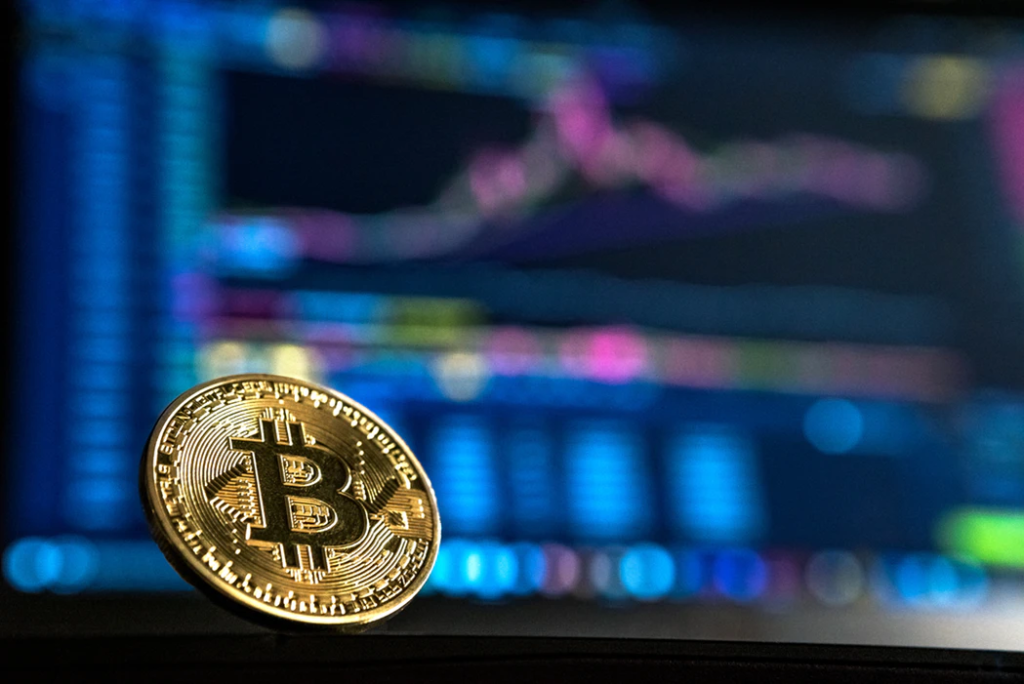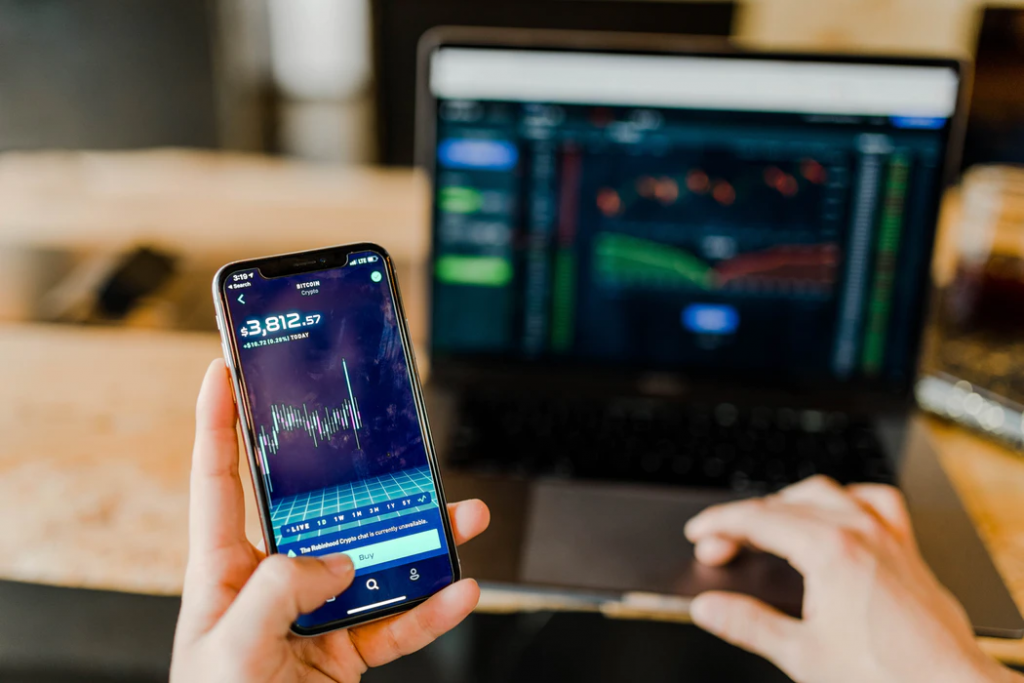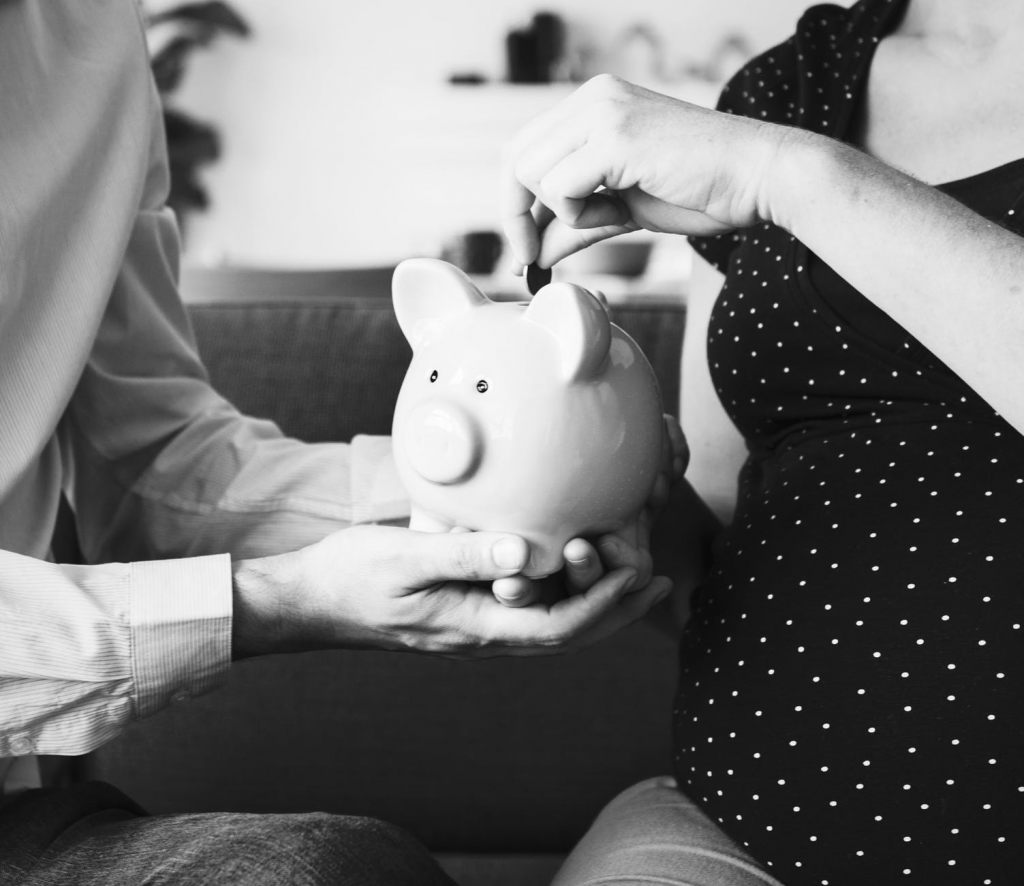P2P Bitcoin trading has existed since the cryptocurrency came into existence over a decade ago. However, thanks to Bitcoin exchange Hodl Hodl, it just became even easier to make P2P Bitcoin trades in China. The company previously ran into roadblocks while it was using Google’s reCAPTCHA service which helped to detect bots, but was also blocked by Chinese firewalls.
The company is excited as to what this expansion could mean for P2P Bitcoin trading in China moving forward:

“For the privacy and security of our customers, we don’t publicly provide data on P2P trading on our platform, but I can say that there’s a huge demand in this country for P2P trading, especially after the biggest centralized exchanges disappeared from radar some time ago.
And yes, we plan to firmly gain a foothold in the market and expect China to be one of the biggest markets we serve.”
Hodl Hodl is a global Bitcoin payment system that is truly decentralized, unlike the majority of Bitcoin trading platforms on the market. Users can transact in a variety of payment methods, including credit cards, gift cards, PayPal, Western Union, and everything in between.
If P2P services can offer transactions for car rentals, loan payments, and digital asset exchange, why can’t it also allow for stock trading? That’s the question Shinhan, a South Korean bank, has been working to solve over the past several years. Using blockchain technology the company announced it will offer P2P stock lending on its platform later in 2019. Users will be able to borrow and lend securities directly with one another with no intermediary needed:

“Shinhan has reached an agreement with Directional to help build the blockchain-based stock lending service. Directional is a financial services company. Stock lending will be the draw at first, but it is expected that a number of additional services will be made available.”
Power Ledger, an Australian P2P energy trading platform, has extended its trial phase of its product. Working with electricity operator Western Power, the company generated over 50,000 P2P transactions per month, a successful test of the company’s concept:

“Western Power’s smart meter data was fed into Power Ledger’s blockchain trading platform and then exported to Synergy’s billing system, to ensure a secure and accurate recording of the energy trading.”
The company is confident that it has made significant strides since its first trial, and used the resulting findings to produce an even better product:
“The first phase gave us insights into the profile of customers that could benefit from peer-to- peer trading, along with highlighting some challenges for developing the right pricing model. The second phase will incorporate changes based on these insights to determine product potential.”
The Power Ledger cryptocurrency (POWR) is currently worth over $21 million and is seen as one of the major players in the blockchain-based energy industry. The company is not only working with traditional electric providers, but also with renewable energy resources as well.
Bank of America reported a record number of P2P payments via its Zelle app. During the first 9-months of 2019, users of Zelle conducted a total of 163 million transactions. The company highlighted all of the ways Zelle is being used by its customers:

“Adoption of Zelle is increasing across all generations of Bank of America clients, including 68 percent of millennials and Gen Z, 20 percent of Gen X, and 12 percent of baby boomers and seniors.
Bank of America clients are using Zelle most often for paying rent, splitting utilities, family care and gifting.
Since offering Zelle to eligible Bank of America small business clients in June 2019, 180,000 small business owners have used their small business accounts to send money using Zelle.”
Zelle is collectively owned by a conglomerate of banks that include Bank of America, Citibank, Capital One, JPMorgan Chase, and others. It has been on the rise since its inception in 2017, providing strong competition to other payment services like PayPal.